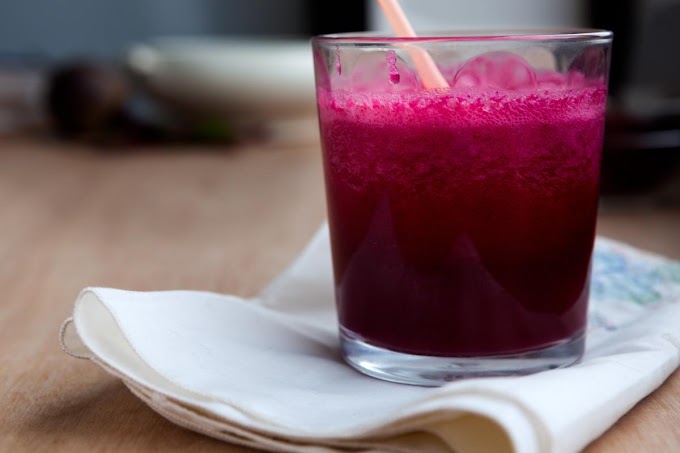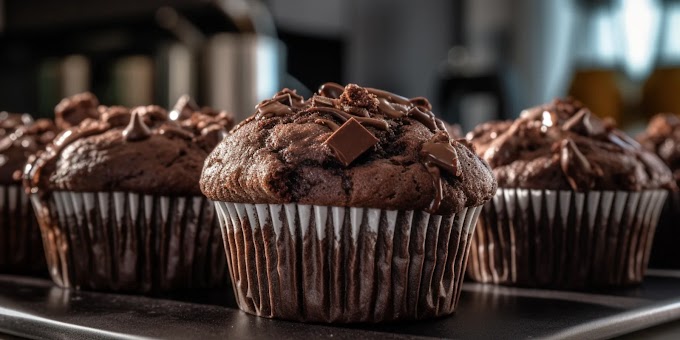RuPaul Charles, the famous drag queen, actor, and creator of the hit reality TV show RuPaul’s Drag Race, is undeniably one of the most iconic figures in the LGBTQ+ community. His unapologetic persona and contributions to drag culture have earned him a spot in pop culture history. However, over the years, RuPaul has found himself at the center of controversy, particularly regarding his views on trans people in drag. One of the most notable and ongoing debates surrounding RuPaul is the question: Is RuPaul transphobic?
In this blog, we’ll explore the complexities of RuPaul’s relationship with the transgender community, his comments that sparked backlash, and why the topic remains a hot-button issue in both the drag and LGBTQ+ communities.
The Rise of RuPaul and His Influence on Drag Culture
Before delving into the controversy, it’s important to understand the cultural context of RuPaul’s rise to fame. RuPaul became a household name in the 1990s with his chart-topping hit "Supermodel (You Better Work)" and the subsequent release of his album and TV appearances. His catchphrase, "You better werk," became synonymous with confidence, style, and breaking boundaries in a world dominated by mainstream heteronormative standards.
RuPaul’s role in the drag community cannot be understated. He became a visible figure who helped mainstream drag culture, a space historically reserved for marginalized groups, and brought it to a larger, more diverse audience. With RuPaul’s Drag Race, the drag community was not only celebrated but also offered a platform that showcased the artistry, humor, and resilience of drag queens. The show, which first aired in 2009, quickly became a global phenomenon and transformed the way drag is perceived in popular culture.
However, despite the progress RuPaul has made in elevating drag culture, his statements and actions have caused friction, particularly among trans people and their allies.
RuPaul’s Controversial Comments
The accusations of transphobia against RuPaul mostly stem from a series of interviews and statements he has made regarding the inclusion of transgender queens on RuPaul’s Drag Race. In 2018, RuPaul came under fire for his remarks on The Takeaway, a public radio show, where he expressed his belief that transgender queens should not be allowed to compete on Drag Race unless they had fully transitioned.
RuPaul said, “You can’t be a drag queen if you don’t have a ‘tucking’ mechanism… you have to have the genitalia of a man to be a drag queen.” This comment drew backlash from both the trans and drag communities. Many pointed out that it implied that people who transition and identify as women are no longer allowed to be part of the drag community. RuPaul’s remarks were seen as both limiting and hurtful to transgender people, many of whom have made significant contributions to the drag scene.
While RuPaul later attempted to clarify his statements, arguing that he was speaking in a very specific context—drag queens who are still transitioning—the damage had already been done. For many, this felt like an exclusionary attitude that undermined the diversity of the drag world, one that had long included both cisgender and transgender people.
Is RuPaul Really Transphobic?
To call RuPaul transphobic is a complex assertion. On one hand, RuPaul’s career has been built on celebrating queerness and breaking down societal norms around gender. His Drag Race platform has opened doors for countless LGBTQ+ individuals, including transgender queens, to showcase their talents. Queens like Gia Gunn, Peppermint, and Jinkx Monsoon, among others, have made significant strides in mainstreaming drag while also highlighting trans issues.
On the other hand, RuPaul’s comments have at times reflected a narrow understanding of what it means to be a drag queen, one that seems to exclude certain trans people. His insistence on defining drag by traditional ideas of gender, particularly the notion that a drag queen must have male genitalia, has been criticized as both exclusionary and outdated. It’s important to note that drag is an art form that has always been fluid in terms of gender expression. Drag queens, regardless of whether they are cisgender or transgender, perform to explore and often subvert the concept of gender, and limiting this to a specific gender expression feels restrictive to many.
Moreover, some critics argue that RuPaul’s attitude towards trans people and their inclusion in drag perpetuates harmful stereotypes. For example, by focusing on genitalia and the idea that one must have male genitalia to perform as a drag queen, RuPaul reduces the complexity of gender to something biological rather than performative or cultural. Gender identity is far more nuanced, and it’s problematic to equate drag with an essentialist view of gender.
Transgender Representation on RuPaul’s Drag Race
While RuPaul's statements have sparked a great deal of criticism, it's essential to recognize that RuPaul's Drag Race has been an important platform for transgender representation. Over the years, the show has featured a number of transgender contestants who have made significant contributions to the drag world. Peppermint, a trans woman, was a finalist on Season 9 of Drag Race, and her presence helped shine a light on the importance of including transgender people in drag culture. Peppermint herself has spoken out about how RuPaul’s comments hurt the trans community, but she also acknowledges that Drag Race has provided invaluable exposure for transgender queens.
More recently, Drag Race has become more inclusive of transgender contestants, and in 2020, the show even included its first openly trans man contestant, Gottmik, who went on to win Season 13. This move was seen as a positive step toward greater inclusivity. However, it also raised questions about whether RuPaul’s previously expressed views had evolved or whether it was a matter of marketing to stay relevant in a more progressive world.
The Role of Drag in the LGBTQ+ Community
The question of whether RuPaul is transphobic must be understood within the larger conversation about the role of drag in the LGBTQ+ community. Drag has long been a place for gender expression that challenges societal norms. It allows for a reimagining of gender and identity, and often provides a space for individuals to experiment with different facets of themselves. In this context, drag queens who are trans women, cisgender women, or non-binary individuals have made crucial contributions to the community.
By insisting on rigid definitions of what it means to be a drag queen, RuPaul risks ignoring the rich, fluid, and diverse history of drag as an art form. Drag has always been about embracing freedom of expression, and to suggest that only certain individuals—based on their genitalia or gender at birth—can participate in that freedom seems to limit the potential for what drag can be.
Conclusion: A Complicated Legacy
So, is RuPaul transphobic? The answer is not as simple as a yes or no. On one hand, RuPaul has been an undeniable force for LGBTQ+ visibility and representation, particularly within the drag world. His work on Drag Race has allowed many marginalized voices to be heard, and transgender contestants have found a platform to express themselves in ways they never could before.
On the other hand, RuPaul’s controversial statements about transgender queens have highlighted the limitations in his understanding of gender and drag. These remarks have hurt many within the transgender community, and it’s clear that RuPaul’s ideas on the subject need to evolve.
In the end, the conversation about RuPaul and transphobia speaks to larger debates within the LGBTQ+ community about inclusivity, gender, and identity. As society becomes more progressive and accepting of diverse gender expressions, it is essential for influential figures like RuPaul to reflect those changes and support all members of the community, not just those who fit a specific mold. Only then can drag truly be the liberating, transformative art form it has the potential to be.








Social Plugin